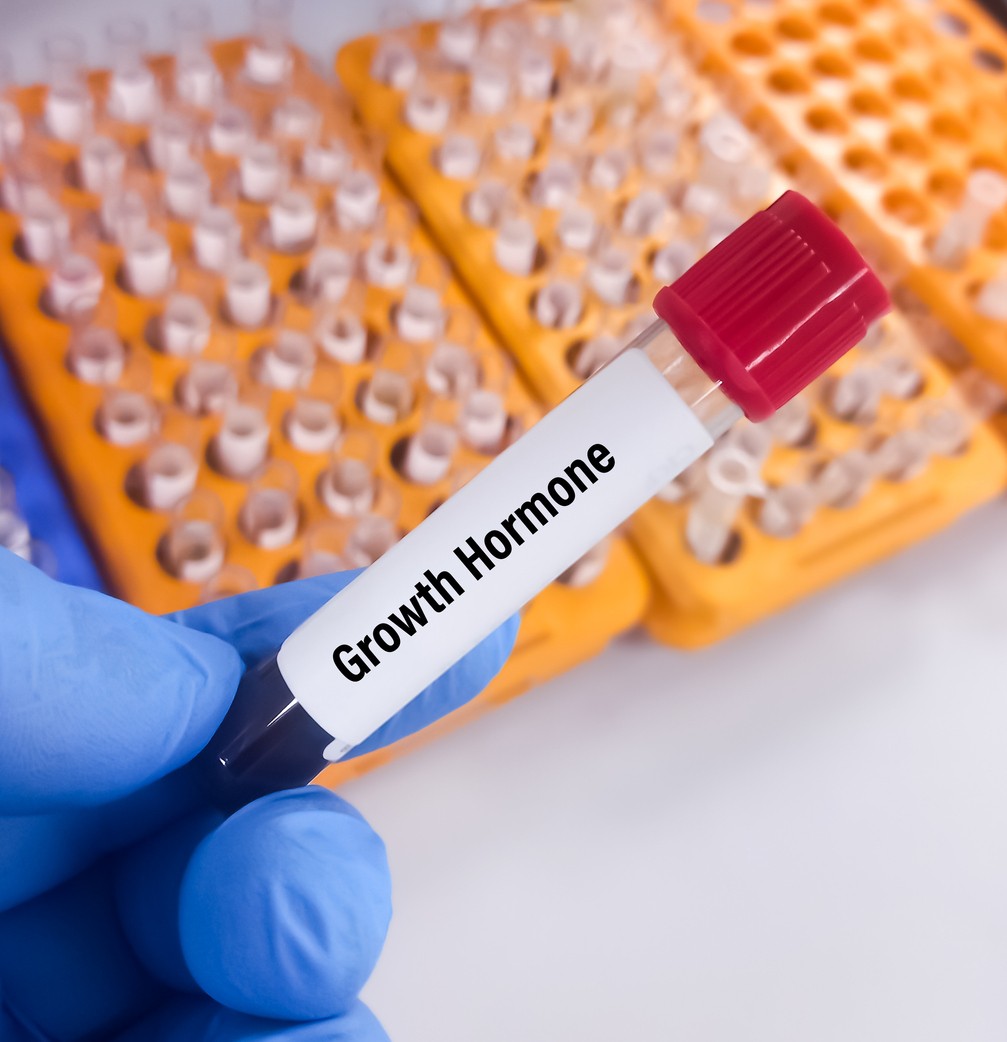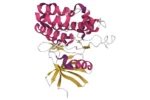Growth Hormone-Releasing Peptides (GHRPs)
Growth hormone-releasing peptides GHRPs are classified as synthetic peptides capable of inducing stimulatory effects on the endogenous secretion of growth hormone (GH). Research studies conducted on animal models have led scientists to explore and classify several research peptides within this family of peptides. However, researchers note that they appear to have no structural resemblance with Growth Hormone-Releasing Hormones and may potentially mediate their action by binding with specific cognate receptors present at the pituitary or hypothalamic level.
Ipamorelin
Ipamorelin is considered to be one of the most versatile synthetic peptides classified as a GHRP. Composed of only five amino acids, it appears to be a growth hormone secretagogue receptor (GHS-R) agonist. Research studies have posited that it may be relevant in various branches of scientific research, and may be implicated in gastrointestinal functioning, growth hormone production, and neurological impacts. Ipamorelin is considered by researchers to be a ‘gentle peptide’ compared to other peptides like Sermorelin or GHRP-6, as they assert it appears to affect only the growth hormone axis.
The binding of Ipamorelin peptide has been suggested to occur upon the ghrelin (growth hormone secretagogue) receptor. The ghrelin receptor (a.k.a. GHS-R) in the brain, liver, heart, and muscular structures, may potentiate the regulation of energy homeostasis and certain metabolic processes. It appears to be highly exclusive for growth hormone release from the pituitary gland.
Both Ipamorelin and a similar agonist, GHRP-6, belong to the class of third-generation GHRP. They are among the first synthetic peptides studied extensively in animal models. Ipamorelin and GHRP-6 appear to be similar in their functions. Both peptides, for example, have been suggested to release growth hormone at similar rates. However, there appears to be a moderate difference in how the two peptides mediate their action. GHRP-6 may potentially cause a release and an increase in cortisol and prolactin levels, whereas Ipamorelin potentially only selectively releases growth hormone.
Growth Hormone-Releasing Peptide-6
Growth hormone-releasing peptide-6 is a first-line synthetic hexapeptide and a met-enkephalin derivative. It comprises a chain of 6 synthetic D amino acids with the sequence (His-D-Trp-Ala-Trp-D-Phe-Lys-NH2). Additionally, the peptide also contains two methyl groups as modifications. It happens to be the first hexapeptide studied in animal model studies, and researchers identified it more than a decade ago.
GHRP-6 has been suggested by researchers to recognize and bind to specific receptors present at the pituitary or hypothalamic glands. Studies have suggested that GHRP-6 receptors are abundant in different peripheral tissues such as the heart, adrenal, ovary, testis, lung, and skeletal muscle.
Studies in animal test models posit that GHRP-6 may stimulate ghrelin response. Ghrelin, in turn, may increase the production of growth hormone (GH) by acting at the level of the pituitary or hypothalamus through a specific receptor that is different from that of the endogenous Growth Hormone-Releasing Hormone (GHRH). The four essential organs of the test subjects that have been observed to be influenced under exposure to GHRP-6 include the pituitary gland, central nervous system, liver, and stomach.
Research studies in animal models have highlighted that GHRP-6 and Ipamorelin may potentially stimulate ghrelin, “the hunger hormone,” by associating with its ghrelin receptor. This association may trigger a cascade of events by inducing increased growth hormone production.
Іn comparison with GHRP-6, Iраmоrеlіn appears to induce a more selective activation of GHRH as it does not appear to have any effect on cortisol or prolactin. It may potentially metabolize slower than GHRP-6, and may possibly remain present in the bloodstream for a longer duration, adding to its stability.
Disclaimer: The products mentioned are not intended for human or animal consumption. Research chemicals are intended solely for laboratory experimentation and/or in-vitro testing. Bodily introduction of any sort is strictly prohibited by law. All purchases are limited to licensed researchers and/or qualified professionals. All information shared in this article is for educational purposes only.






